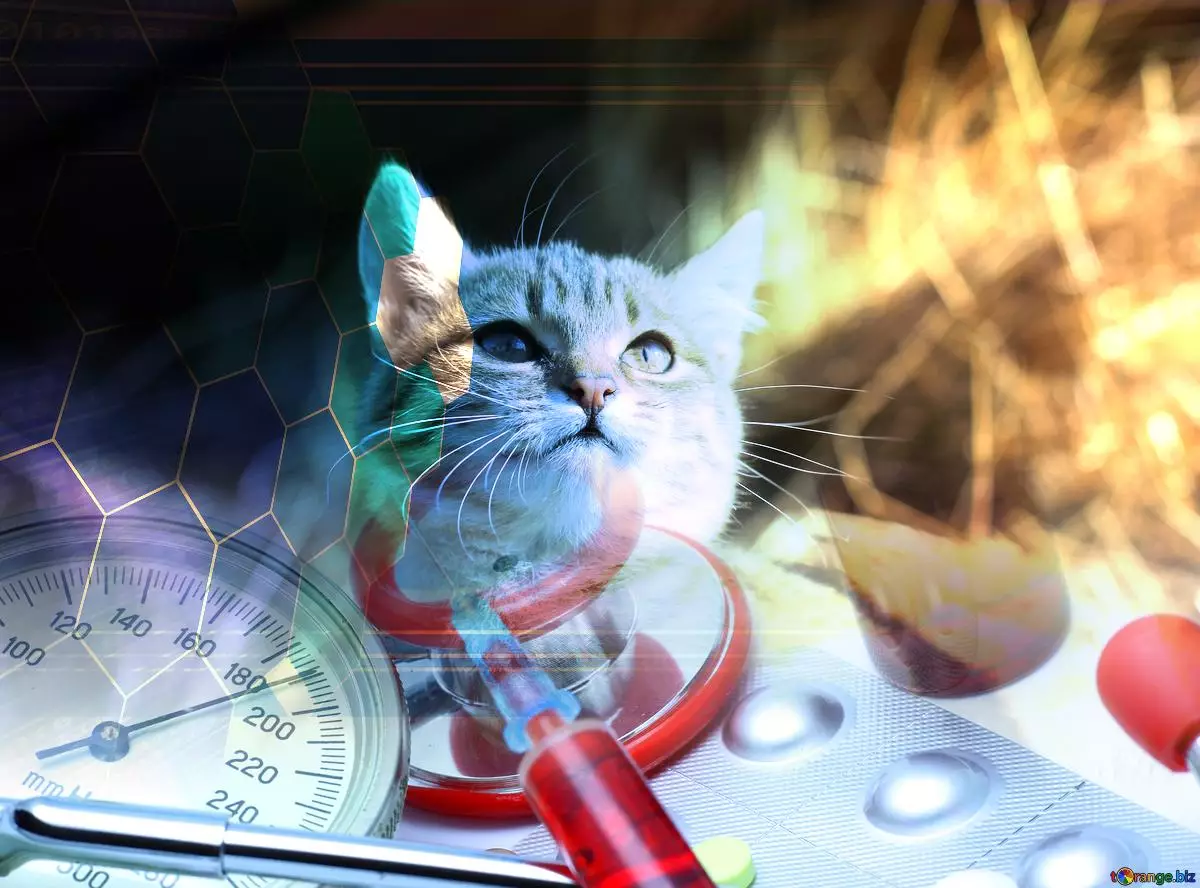Chronic Kidney Disease (CKD) is one of the most pervasive health challenges feline companions face today, often creeping into their lives without any overt warning. This illness, primarily affecting cats aged seven and older, can be insidious, leading to systemic failures if not addressed promptly. As cat owners, the responsibility falls squarely on our shoulders to safeguard our pets by being aware and informed about CKD. By understanding its nature, recognizing symptoms, and implementing preventative measures, we can extend our beloved cats’ lifespans while enhancing their quality of life.
The Role of Kidneys: A Crucial Defense Against Toxins
Kidneys play an essential role in maintaining the body’s equilibrium by filtering waste and toxins from the bloodstream and regulating minerals and electrolytes vital for proper bodily function. When these organs begin to falter, the repercussions can be dire—waste accumulation leads to increased toxicity, resulting in various health complications. Alarming statistics suggest that nearly one-third of senior felines will encounter some form of kidney dysfunction. Factors like genetics, dietary choices, and even environmental stressors play significant roles in the development of CKD. Making the issue even graver, many cat owners remain blind to its creeping presence until it’s too late.
The Challenge of Early Detection: Understanding Feline Behavior
One of the stark realities of cat ownership is the feline propensity to mask discomfort. Cats are masters of dissimulation, often hiding their pain until it escalates. This behavior underscores the critical need for vigilant observation and continuous veterinary engagement. It’s easy to overlook the early signs of CKD, such as increased thirst, excessive urination, or a less energetic demeanor. By failing to heed these subtle warnings, owners often find themselves confronting a health crisis. Routine check-ups and screenings for kidney function are not just advisable; they are essential for early intervention.
Spotting the Red Flags: Symptoms to Watch For
Acquainting yourself with the manifestations of CKD can serve as your front-line defense against its progression. In addition to the obvious signs like increased thirst and urination, various symptoms can indicate kidney trouble—weight loss, a notable decrease in appetite, and lethargy are red flags that merit immediate veterinary consultation. Moreover, less apparent indicators, such as a change in coat condition or poor breath, should also be considered warning signs. Taking these symptoms lightly can lead to missed opportunities for timely intervention.
Routine Health Checks: Your Cat’s Lifeline
Annual blood tests and urine assessments are invaluable tools for detecting kidney dysfunction before it becomes symptomatic. Scheduling regular health assessments, especially for aging cats, can make the difference between early treatment and a late diagnosis. Early intervention strategies can slow CKD progression, significantly enhancing your cat’s quality of life. It is vital to have an open dialogue with your veterinarian regarding your cat’s health and any observed behavioral changes. Proactivity is your best ally in ensuring your feline friend remains healthy and happy.
Prevention Strategies: Nourishment for Kidney Health
A balanced, nutrient-rich diet tailored to your cat’s specific needs is one of the best defenses against CKD. Avoiding low-grade foods laden with fillers can mitigate health risks significantly. Since hydration is pivotal in kidney health, incorporating high-moisture wet food or ensuring that your cat drinks sufficient water can help protect their kidneys. Educating yourself about dietary choices and being mindful of what goes into your cat’s bowl is a fundamental step in preventing kidney issues.
Creating a Healthy Environment: Stress Reduction and Safety
An environment that minimizes stress can do wonders for a cat’s overall well-being. Providing enriching play opportunities, clean habitation, and safe spaces for relaxation can strengthen your cat’s immune system and reduce the likelihood of illness, including CKD. Additionally, ensuring that your home is free from toxic substances—whether they be certain plants or hazardous chemicals—is crucial. Always consult with a veterinarian before introducing any new products or medications.
The Call to Action: Being a Responsible Cat Guardian
As a dedicated cat owner, your role in preventing Chronic Kidney Disease is paramount. This isn’t merely an option; it’s a responsibility that comes with the privilege of pet ownership. Understanding the associated risks, being vigilant about early warning signs, and instituting preventative measures can dramatically influence your cat’s health trajectory. This proactive stance not only ensures more vibrant, joyful days for your furry companion but fosters a deeper bond of trust and care between you and your beloved pet. Embrace the journey of being an informed and attentive cat guardian—your feline family member deserves nothing less.
